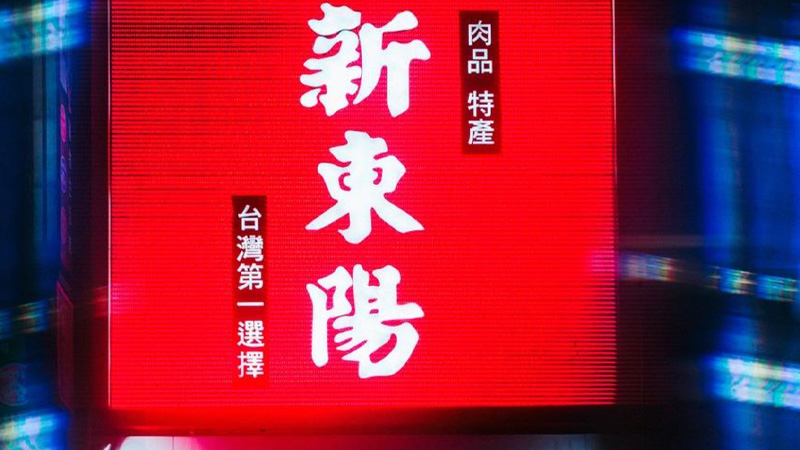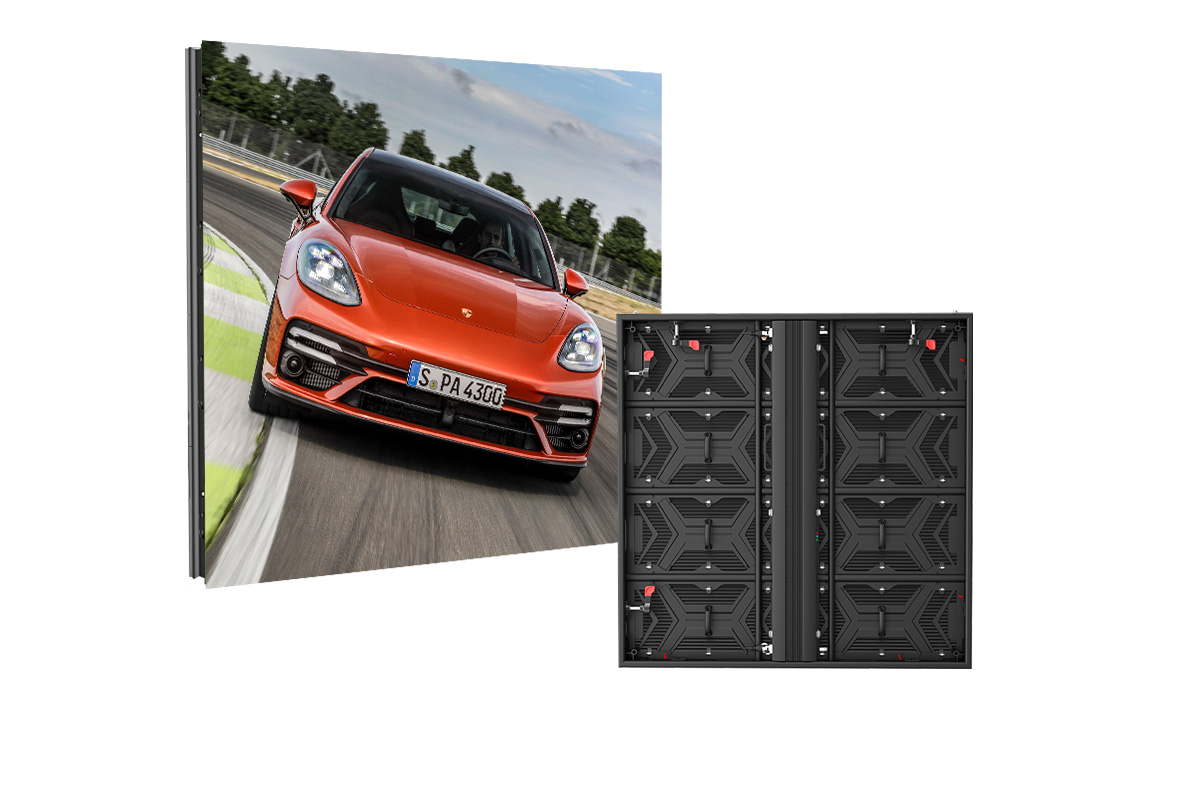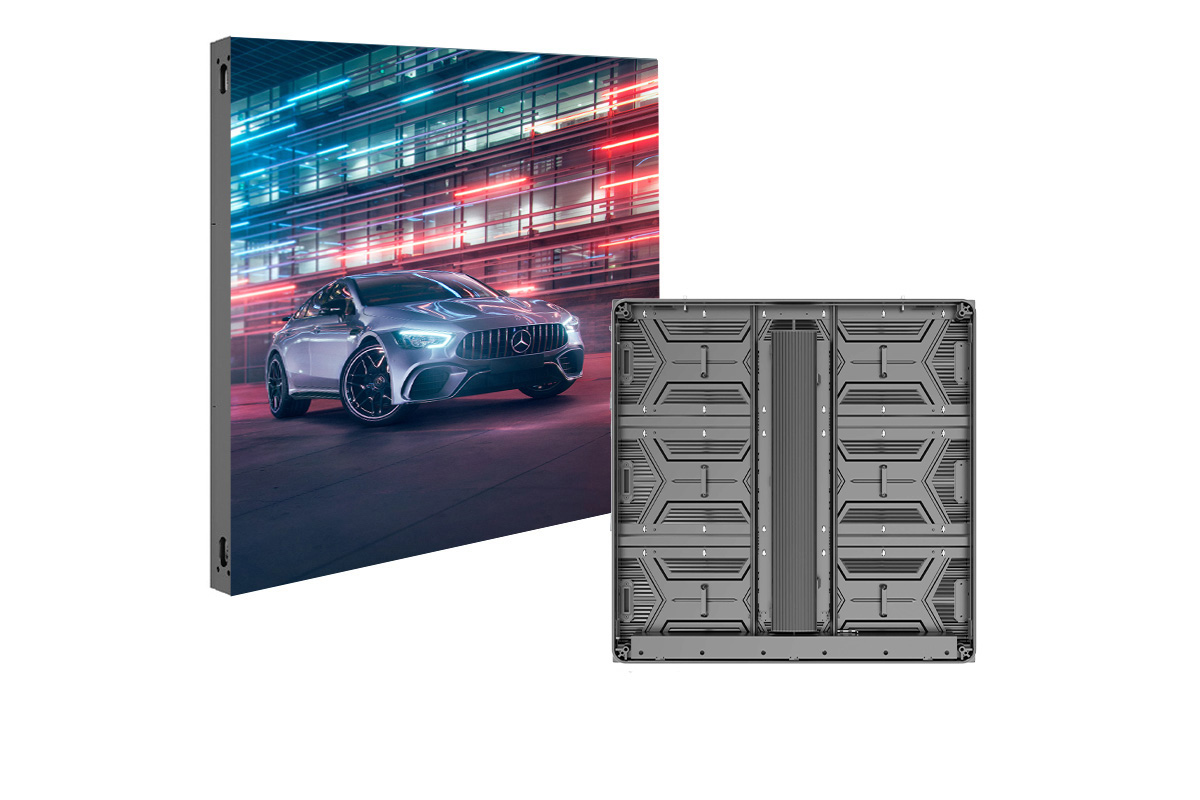What Does LED Mean? – Latest Definition 2024
LEDs form an indispensable part of modern technology. They light any space up and also help to power all types of electronics. But what does LED exactly stand for? You will learn its definition, benefits, applications, and all important tips for choosing the right LED that suits your needs.
1. What is LED Technology?
LED is the abbreviation for Light Emitting Diode. It is an electronic semiconductor device that gives out lights any time some electricity passes through it. Today, LEDs are really the workhorse in the sphere of lighting and electronics because of their efficiency in energy aspects, its durability and usability.
Why LEDs have gained popularity
- Energy Savings: LEDs are much more efficient to other forms of lighting such as incandescent or even fluorescent lighting.
- Long Service Life: They can last for several thousands of operating hours and hence should be replaced less often.
- Ecological Friendliness: Although, it is however revealed that LEDs do not contain material like mercury and do not generate much of waste.
- Versatility: LEDs can be installed in as close to every application as possible, ranging from the phone in your pocket to the streetlight outside.
LEDs are the spice of modern lighting and electronics, combining the perfect blend of functionality and efficiency.
2. How LEDs Work: The Science Behind Light Emission
Semiconductors
Semiconductors are materials that have conductivity between those of metals on the one hand and of insulators, rubber on the other. In an LED, the semiconductor material through which electrons flow is done in an orderly pattern.
- Flow of Electrons: Application of electricity allows electrons to flow through the semiconductor.
- Release of Energy: As electrons shift to lower energy levels. They emit energy in the form of light.
- Color of Light: Following the kind of material that the semiconductors use, it emits the same color of light.
Comparison to Traditional Lighting
- Incandescent Bulbs: These bulbs rely on forcing a thin filament to emit light through creating enough heat behind it to cause it to emit light. Since a large amount of energy is used in the process most of it is converted to heat. While incandescent emit light through filaments that emit heat, LEDs emit light directly and give no heat out.
Fluorescent Bulbs: These bulbs use gas and a coating so as to emit light. While they are more efficient than incandescent bulbs nonetheless they may have other issues with their usage. They are larger, contain toxic mercury within them and have a shorter lifespan than an LED.
3. Popular Displays and Iconic Animations on the Billboard
- Energy Efficiency
Up to 90% of the operational energy in LEDs is made available as light with very little lost as heat. This considerably reduces energy consumption and subsequently the electricity bills.
- Cost Savings
While LEDs are a bit more expensive upfront. They are a smart long-term investment. LEDs have a longer life and use less energy overall. Thus saving dramatically.
- Durability and Longevity
LEDs are constructed to withstand mechanical actions. They do not easily break due to impacts, vibrations, and other outside mechanical effects. Thus, they are excellent for outdoor application. In this manner, their lifetime is also much longer compared to incandescent and fluorescent bulbs times more. They emit a lot less heat, which reduces the demands for cooling from buildings.
- Low Heat Emission
LEDs produce only a small amount of heat and hence keep the surrounding environment cool. This also makes them safe to handle and even more fitting for applications involving heat-sensitive objects.
LED technology is not just about lighting. It’s providing sustainable solutions with efficiency for daily life.
![]() Energy Saving Display 30% Design
Energy Saving Display 30% Design
![]() Standard Modules Front/Rear Service
Standard Modules Front/Rear Service
![]() Standard Size: 500×250/1000*1000mm
Standard Size: 500×250/1000*1000mm
![]() Display Can Operate at -20°C to 60°C
Display Can Operate at -20°C to 60°C
4. Common Applications of LED Technology
LEDs have a very broad application, ranging across industries. Let’s see where and for what they are used:
- Home and Commercial Lighting
In homes, it is applied to ceiling lights, desk lamps, and decorative lighting. Whereas in businesses, it is applied for office space, warehouse lighting, and retail displays. LEDs come with options to adjust brightness and color according to various needs.
LEDs are a favorite in vehicles due to their brightness and efficiency. Headlights, taillights, and interior lighting use LEDs. Their long life requires less maintenance and their brightness improves safety on the road.
- Displays and Screens
From TVs to smartphones, LEDs power modern screens. They provide clear, bright images at far superior energy efficiency relative to earlier display technologies, including LCDs.
- Medical Equipment
LEDs have their applications in surgical lights, diagnostic tools, and therapy devices. Their low heat output and precision make them suitable even for the most sensitive of medical environments.
- Outdoor Lighting
LEDs can be found in streetlights, stadium floodlights, and as well as in outdoor decorations. Since they are able to handle weather conditions. It is perfect for outdoor uses.
5. Types of LED Light and Characteristics
LEDs exist in many different forms, each specifically produced for its own use. Here is a closer look:
- Standard LEDs
These are the simplest forms of LEDs. They are compact and consume very little power, hence finding their use in indicator lights. They are cheap and do a decent job where the requirement for LEDs is not complex. Mostly, they are used in appliances, remote controls, and displays.
- High-Power LEDs
High-power LEDs emit very bright light and are applied in high demanding applications. It has good brightness and long life. Also, It is used in automotive headlamps, industrial lighting, and streetlights.
- Organic LEDs
OLEDs emit light by use of organic material. It is flexible, lightweight, hence suitable for screens. It has better image quality and thinner design. You can use it in smartphones, TVs, and wearables.
- Smart LEDs
These LEDs are integrated with smart home systems. They can also be controlled remotely through apps or voice assistants. It is highly customisable, energy-efficient. Often, it is used in smart lighting systems, IoT devices, and programmable decor.
![]() Standard Modules Front/Rear Service
Standard Modules Front/Rear Service
![]() Standard Size: 480×320/960*960mm
Standard Size: 480×320/960*960mm
![]() Ultralight Aluminum Profile Cabinet
Ultralight Aluminum Profile Cabinet
![]() Display Can Operate at -20°C to 60°C
Display Can Operate at -20°C to 60°C
6. The Right LED for Your Needs
Choosing the perfect LED involves more than picking a bulb off the shelf. Here’s how to decide:
- Brightness and Lumens
What is counted and looked out for by lumens is the brightness of the light you have to factor in. For instance, when reading you need 450 lumens, or 1,600 lumen or more when the room is considerably large.
- Color Temperature
Color temperature is expressed in Kelvin and it determines the light’s appearance:
- Warm white is cozy and suitable for bedrooms and living rooms.
- Cool white is bright and ideal for kitchens and bathrooms.
- Daylight is similar to natural light and ideal for offices and outdoor use.
- Purpose and Placement
Consider where the LED will be used:
- Decorative Lighting: Use smart or RGB LEDs for color.
- Outdoor Lighting: Let them be weatherproof.
- Task Lighting: Select LEDs that are dimmable to give you more options.
- Energy Ratings
The higher the rating, the better the efficiency. Look for Energy Star-certified LEDs for the best performance.
- Cost to Consider
Although LEDs are a bit expensive upfront, the long-term energy bills and replacement costs make them very economical.
- Compatibility
Ensure the LED fits your existing fixtures. In case of dimmable systems , ensure the LED supports dimming.
7. Conclusion
LEDs are not only light sources. They are a great tool in technology. Knowing what the abbreviation LED means and how it works will be able to provide you with the best options for your house, commercial, or project needs. LEDs will be lighting up the future.
Contact
 Building D, Hongfa Science Park,
Building D, Hongfa Science Park,
2035 Songbai Road, Shiyan, Bao’an District, Shenzhen, Guangdong, China.






